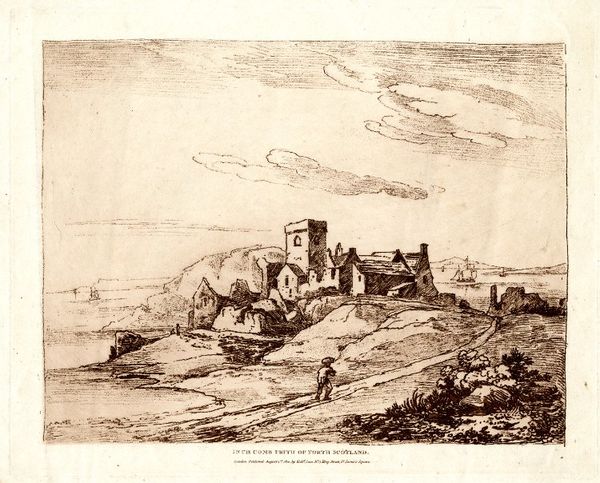Annotation:Trip to Inchcomb (A)
X:1 T:Trip to Inchcomb, A M:C L:1/16 R:Country Dance B:Aird – Selection of Scotch, English, Irish and Foreign Airs, vol. 4 (1796, No. 14, p. 6) Z:AK/Fiddler’s Companion K:G Bcd2 d2d2 cd3 Te4|(Bcd2) B2G2 FA3 TA4|(Bcd2) d2d2 cd(ef g4)|f2a2d2f2 g4G2:|| g2|g3ab2g2 af3 Td4|e3fg2e2 dB3 TG4|c2de2c2 B2d2g2e2|(e2d2)(c2B2) [G4B4][F4A24]| g3ab2g2 a3f Td4|e3fg2e2 d3BG2B2|c3de2c2 B2d2g2e2|d2B2 {d}c2BA G4G4||

TRIP TO INCHCOMB, A. Scottish, Country Dance Tune (whole time). G Major. Standard tuning (fiddle). AABB. The name Inchcomb is a derived form of the Old English pre-7th Century habitational word Henchcumbe - translating as "the steep valley." However, in the case of this tune title, the name probably refers to Inchcolm Island in the Firth of Forth, Scotland, whose name derives from the Scottish Gaelic Innis Choluim, meaning Columba's Island. It was at one time on the ferry route from Leith/Lothian and Fife. As the name 'Columba' implies, there is evidence of Christian habitation from an early time, and later a monestary and then and abbey were built on the island.
The first strain is substantially the same as the first strain of "Mrs. McDowell's Reel" and "Mrs. MacDowal Grant." Fr. John Quinn finds the second strain shared with "Major Hedley's Quick March." See also the possibly cognate "Scotch Reel (10)" in Patrick McGahon's (County Louth) 1817 collection.

